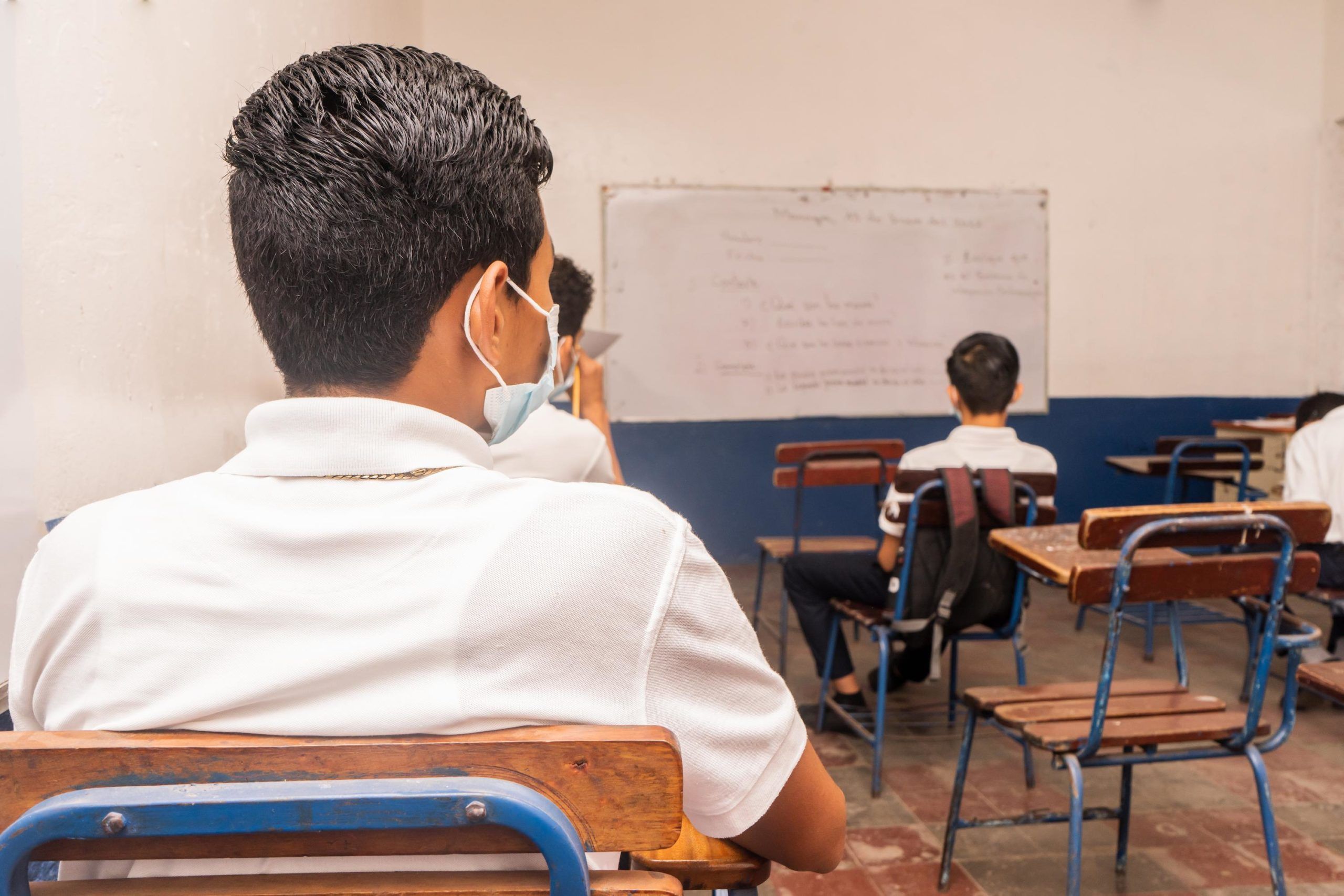
AI and big data deployed to prevent school dropout
By ITU News
Dropping out of school at an early age sets children back, normally for life. It’s also a failure for schools and school systems every time a child leaves without completing at least basic educational requirements.
The Uruguayan government, aiming to prevent 12-17 year olds from dropping out, is testing a tool to predict which students are most at risk of leaving school too soon.
The software, based on artificial intelligence (AI), is set for pilot testing next year, with the aim to help school managers and teachers identify and address the needs of students at risk.
The need to shore up pandemic-hit education and the potential of latest-generation technologies have given new impetus to early warning systems (EWS) against school dropout. Such systems have also come with reach of low- and middle-income countries.
Latin America and the Caribbean saw some of the world’s longest-school closures after the global outbreak of COVID-19.
Although the dropout rate fell from 24 per cent in 2010 to 19 per cent in 2018, it resurged to 22 per cent region-wide in 2020, according to a report from the United Nations Educational, Scientific and Cultural Organization (UNESCO) on the use of EWS in schools.
Uruguay, though not a stand-out in terms of regional impact, also saw its education system hit hard by long, pandemic-induced school closures.
Identifying students on risky trajectories to offer them support and guarantee their right to education should be a priority, writes researcher Juan Cruz Perusia of independent non-profit think tank CIPPEC (Center for the Implementation of Public Policies for Equity and Growth; Centro de Implementación de Políticas Públicas para la Equidad y el Crecimiento).
Anticipating problems
The new software gives for Uruguayan schools an additional diagnostic tool, say the authorities.
The system used until now just triggered an alarm when a pupil missed classes repeatedly.
The new solution anticipates rising absences, giving teachers “a map of students with a potential risk”, explains Marcelo Pérez, a specialist at the Inter-American Development Bank (IDB), which supports the initiative through its regional alliance fAIr LAC, promoting responsible and widespread AI adoption across the region.
The tool will undergo testing in a few schools first, with fine-tuning to eliminate any biases that could disadvantage students.
EWS analysis can encompass individual factors, such as a student’s previous educational background; family responsibilities, like caring for siblings; school factors, including discriminatory attitudes or bullying; and contextual factors like social or economic vulnerability, Perusia points out in the UNESCO report.
Education systems need robust information systems, firstly to obtain accurate data and secondly to develop effective public intervention strategies.
EWS and their impacts undergone extensive study in the US and Europe. But this is rarely the case in other regions.
Guatemala’s cost-effective approach
In Guatemala, the government-backed ENTRE (National Strategy for Successful Transition) programme encourages students to stay in school at least until age 13, the end of the primary cycle.
The programme consists of a short training course for teachers in dropout prevention strategies; mathematical analysis of school data to flag pupils at risk; and behavioural nudges for teachers to address potential dropouts.
Schools where the programme was fully implemented reduced dropout rates by about 9 per cent, a recent study found. At about USD 2 per student, the programme is highly cost-effective and scalable, according to the authors of the study.
This marks a breakthrough in a region experiencing an education emergency in the wake of the pandemic.
Latin American and Caribbean countries have veered off course in terms of their education and education indicators under the UN Sustainable Development Goals for 2030. Four out of five children in the region are at risk of not being able to understand simple text, according to the World Bank and the United Nations Children’s Fund (UNICEF).
Part of a larger educational ecosystem
Pattern analytics, data mining, and machine learning offer an opportunity to predict dropout rates more accurately. But in the bigger picture, the necessary resources must then be channelled to struggling students, writes Alex J. Bowers of Columbia University.
According to Bowers, EWS and their data must be:
- Accurate in identifying the risk of attrition.
- Accessible and open to scrutiny.
- Actionable, so they help to intervene and address systemic problems.
- Accountable, so they can be audited and will avoid bias and promote fairness.
Criteria like these call for local community involvement in system design and implementation, Bowers adds.
A parallel challenge in Latin America and the Caribbean, UNESCO warns, is to move towards a culture that appreciates data and the usefulness of EWS for educational inclusion.
As Bowers writes, it is necessary to continue strengthening links between diagnosing the risk of dropout and intervention to prevent it.
“Developing techniques and tools that make data actionable is just one of the steps towards effective actions supporting learning improvement and student success, but a promising one that digitalisation and innovations in data mining and data analytics should make sustainable in the near future.”
Image credit: Adobe Stock
